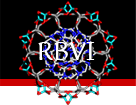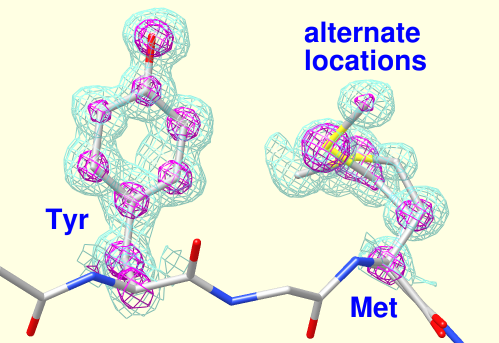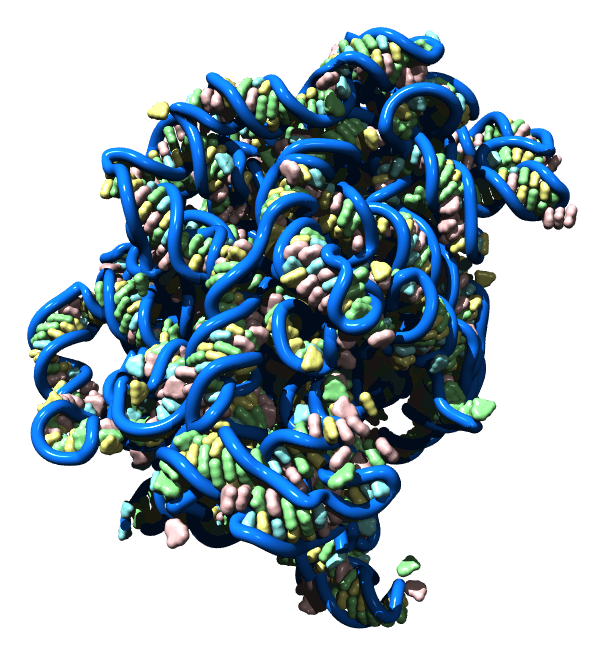

 about
projects
people
publications
resources
resources
visit us
visit us
search
search
about
projects
people
publications
resources
resources
visit us
visit us
search
search
Quick Links
Recent Citations
Chanoclavine synthase operates by an NADPH-independent superoxide mechanism. Chen CC, Yu ZP et al. Nature. 2025 Apr 17;640(8059):840-846.
A small-molecule SARS-CoV-2 inhibitor targeting the membrane protein. Van Damme E, Abeywickrema P et al. Nature. 2025 Apr 10;640(8058):506–513.
The conserved HIV-1 spacer peptide 2 triggers matrix lattice maturation. Stacey JCV, Hrebík D et al. Nature. 2025 Apr 3;640(8057):258–264.
Structures of a T1-like siphophage reveal capsid stabilization mechanisms and high structural similarities with a myophage. Cai C, Wang Y et al. Structure. 2025 Apr 3;33(4):663-676.e2.
Structural insights into lipid chain-length selectivity and allosteric regulation of FFA2. Kugawa M, Kawakami K et al. Nat Commun. 2025 Mar 26;16(1):2809.
Previously featured citations...Chimera Search
Google™ SearchNews
March 6, 2025
Chimera production release 1.19 is now available, fixing the ability to fetch structures from the PDB (details...).
December 25, 2024

|
October 14, 2024
Planned downtime: The Chimera and ChimeraX websites, web services (Blast Protein, Modeller, ...) and cgl.ucsf.edu e-mail will be unavailable starting Monday, Oct 14 10 AM PDT, continuing throughout the week and potentially the weekend (Oct 14-20).
Previous news...Upcoming Events

UCSF Chimera is a program for the interactive visualization and analysis of molecular structures and related data, including density maps, trajectories, and sequence alignments. It is available free of charge for noncommercial use. Commercial users, please see Chimera commercial licensing.
We encourage Chimera users to try ChimeraX for much better performance with large structures, as well as other major advantages and completely new features in addition to nearly all the capabilities of Chimera (details...).
Chimera is no longer under active development. Chimera development was supported by a grant from the National Institutes of Health (P41-GM103311) that ended in 2018.
Feature Highlight

Electron density maps can be read from local files or fetched from databases. Chimera's Volume Viewer allows adjusting contour levels interactively, showing multiple isosurfaces for a given map, and restricting display to a zone around selected atoms. The figure shows PDB entry 2fma and its electron density map. Settings are similar to those described in the Density Display tutorial. See also: Chimera volume display guide
(More features...)
Gallery Sample

Large ribosomal RNA is shown with individual bases depicted using solvent excluded molecular surfaces. Bases A, C, G, U are colored red, yellow, green, and blue. The surfaces were made with the Chimera multiscale tool in combination with the nucleic acid blobs plug-in. The image was raytraced using POVray.
Protein Data Bank model 1s72.
(More samples...)About RBVI | Projects | People | Publications | Resources | Visit Us
Copyright 2018 Regents of the University of California. All rights reserved.